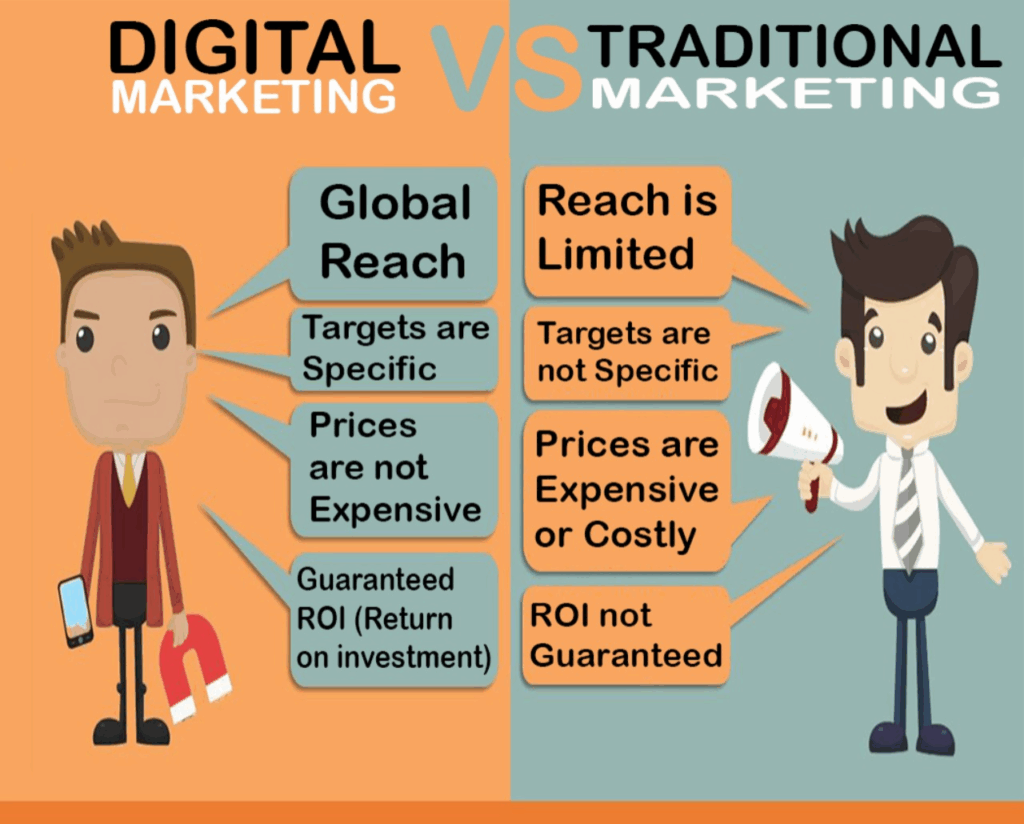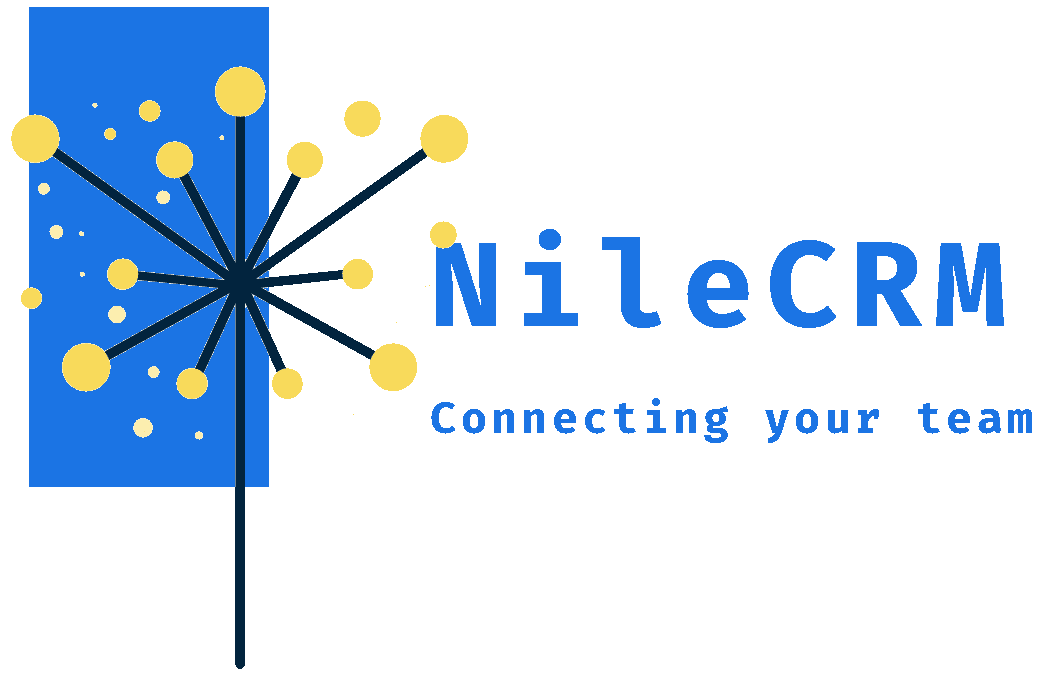A solid brand strategy is now more important than ever at a time when consumers are inundated with options. A brand is much more than simply a logo or memorable tagline; it is the culmination of how your audience views your business. A clear brand strategy is the cornerstone of long-term success, regardless of whether you’re an established company trying to stay relevant or a startup trying to find a niche
Brand strategy: what is it?
A brand strategy is a long-term plan for creating a successful brand to accomplish particular objectives. It includes everything from the voice, character, and values of your brand to the way you interact and communicate with your target market.
A complete brand strategy provides clarity about your brand’s mission, promise, and positioning, helping you connect more intimately with customers and stand out in competitive markets.
Why Brand Strategy Matters Today?
Today’s digital ecosystem has transformed how brands communicate with their audiences. Customers expect firms to be open, genuine, and responsive on social media sites like Instagram, TikTok, and LinkedIn. Consumers now hold more power than corporations thanks to the growth of influencer marketing, user-generated content, and tailored content. A strong and consistent brand strategy serves as your compass in this setting, directing all facets of your brand’s appearance and communication.
Additionally, business performance is driven by excellent branding. Strong brands outperform their rivals by 20% in terms of return on investment, per a McKinsey & Company analysis. Branding is a commercial necessity, not only a marketing function.
We’ll go over the essential elements of a good brand strategy, how to create and preserve a strong brand identity, and what it takes to succeed in the rapidly changing digital landscape. Whether you’re creating your personal brand on LinkedIn or managing a multinational corporation, you’ll find practical examples, visual aids, and insights that will help you better position your brand.
The Fundamental Components of a Brand Strategy
Creating a successful brand is not something that just happens. It is the outcome of a methodical, well-defined, and consistent approach. The fundamental components of a brand strategy serve as the road map that directs a company’s actions, messaging, and long-term development. These are the non-negotiables, regardless of whether you’re starting from scratch or repositioning an existing business:
- What Is Your Brand’s Purpose?
Every durable brand has a compelling “why” at its core. The goal of your brand is to explain why it exists beyond financial gain, not to make money. Customers are emotionally moved by a compelling purpose, and staff members are united by a shared goal
Pro Tip: A compelling brand purpose should be authentic, socially relevant, and deeply embedded in your operations.
- Brand Vision & Mission: Where Are You Going?
Your vision describes your long-term aspiration — what you hope to achieve in the future. Your mission, on the other hand, defines how you’ll get there in your day-to-day actions.
Vision is inspirational.
Mission is operational.
Example:
- Vision: Tesla—”To“ create the most compelling car company of the 21st century by driving the world’s transition to electric vehicles.”
- Mission: “To accelerate the advent of sustainable transport.”
- Brand Values: What Are Your Core Principles?
The tenets that guide company decisions, culture, and customer interactions are known as your brand values. They establish credibility and set your company apart.
Integrity, creativity, customer obsession, sustainability, and inclusivity are a few examples of values.
Ensure that both outward statements and internal actions reflect them.
- Your Audience: To whom are you addressing yourself?
Not everyone can be satisfied by a single brand. You can create your offering, messaging, and images more successfully if you have a clearer understanding of who your target is.
Key Audience Segmentation Factors:
- Demographics: Age, gender, income, etc.
- Psychographics: Beliefs, interests, values
- Behavioral: Purchase history, brand loyalty
- Needs-based: What problems they’re trying to solve
Tool Suggestion: Build user personas that include names, goals, frustrations, and media preferences.
III. Crafting Your Brand Identity
Your brand identity is the visible face of your brand — the tangible elements that people see, hear, and interact with. While your strategy defines your brand’s why, what, and how, your identity is how those elements come to life in the real world.
When crafted thoughtfully, a strong brand identity reinforces your brand’s personality, builds recognition, and creates emotional resonance with your audience.

IV. Storytelling’s Function in Branding
Storytelling is ingrained in human nature. Stories were used to inspire, connect, and persuade long before we had data, algorithms, or digital advertisements. Storytelling is a strategic asset in branding, not just a creative tool.
A strong story offers your brand meaning, provides emotional resonance, and turns passive viewers into loyal champions. Stories are what make brands memorable in a crowded market when features and products are easily imitated.
V. Digital Branding in 2025: Trends and Tools
In 2025, the digital world is changing the way brands are created, and it’s doing so at a faster rate than ever. Now, things that once took years to establish can rise (or fall) in a matter of weeks. Trust is more difficult to gain, competition is worldwide, and consumer attention is fractured. Digital branding is now essential in this environment; it is the battleground where brand relevance is determined by success or failure.
Let’s examine the main ideas, cutting-edge resources, and crucial procedures that currently characterize digital branding.

VI. Measuring Brand Success
Key Brand Metrics You Should Be Tracking
- Brand Awareness
- How many people know your brand exists?
- KPIs: Impressions, branded search traffic, direct website traffic, recall from surveys
- Brand Consideration
- Are people thinking about you when they’re ready to buy?
- KPIs: CTR on brand ads, product page visits, customer inquiries, engagement rate
- Brand Preference
- Do people prefer you over competitors?
- KPIs: Surveys on brand preference, repeat purchase rates, retention vs. churn
- Brand Loyalty
- Are customers staying with you?
- KPIs: Net Promoter Score (NPS), repeat purchases, loyalty program usage
- Brand Advocacy
- Are people recommending you?
- KPIs: Referral rate, reviews, influencer mentions
VII. Conclusion & Recommendations
In a world where consumers are constantly exposed to choices, brand strategy is no longer a marketing luxury — it is a business imperative. The brands that succeed in 2025 and beyond will be those that blend purpose with precision, emotion with analytics, and creativity with consistency.
Throughout this article, we’ve explored the architecture of a winning brand strategy: from defining identity and values, to leveraging storytelling, mastering digital tools, and measuring success with real-world metrics. But perhaps the most important takeaway is this:











